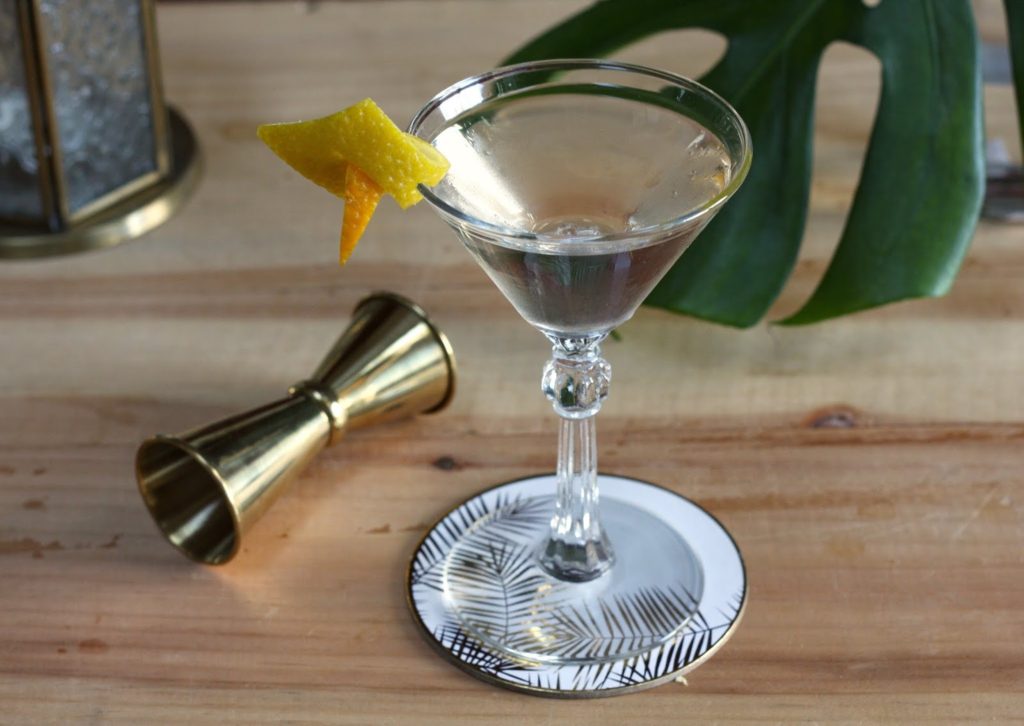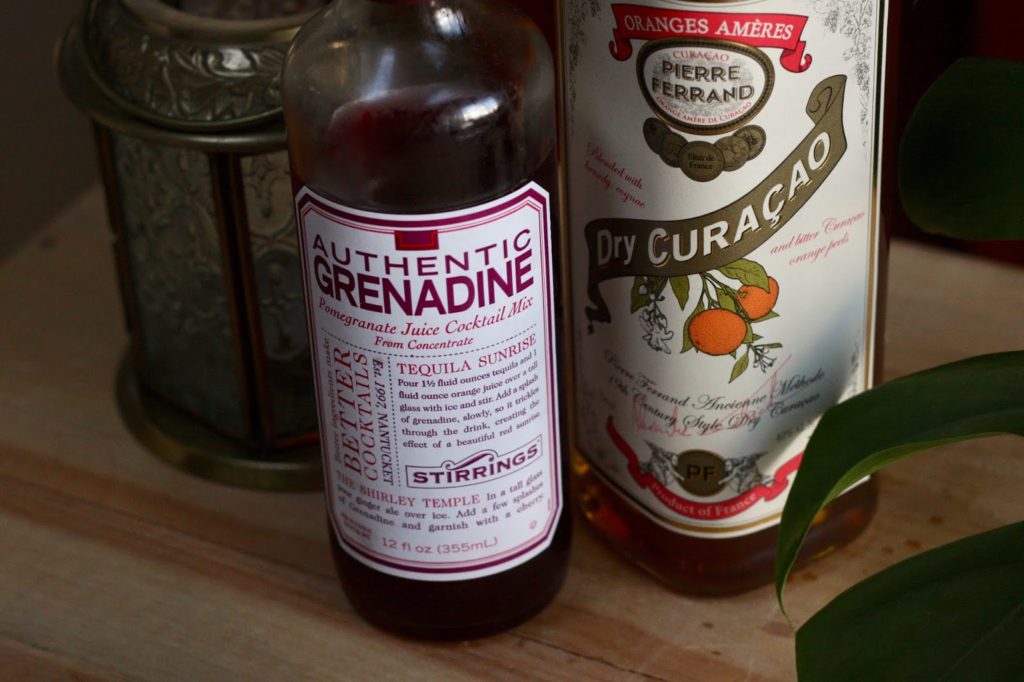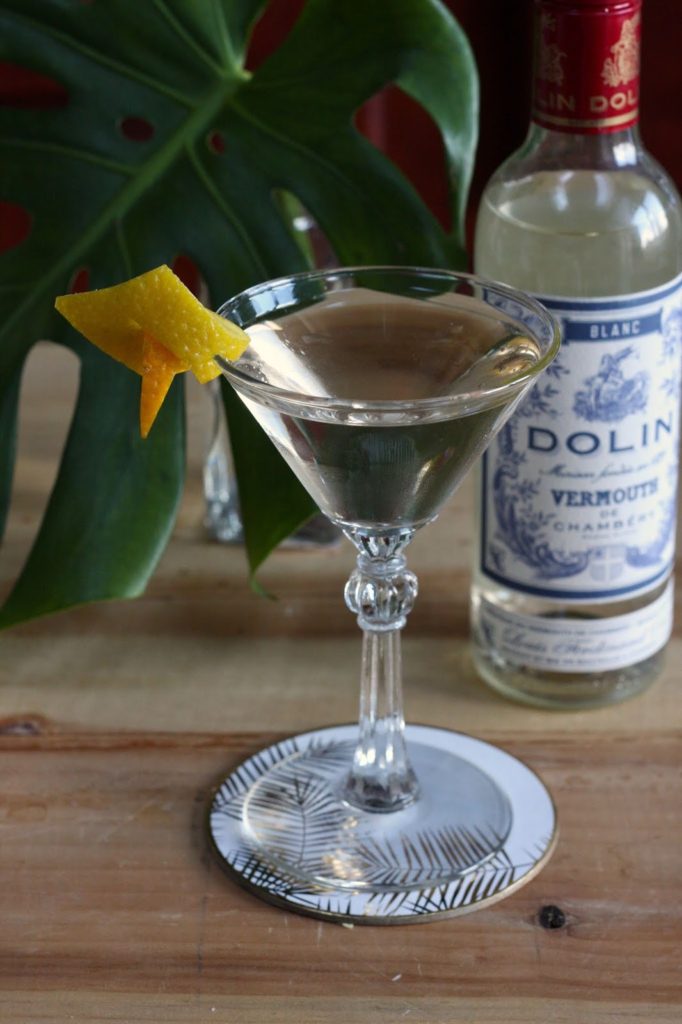The El Presidente is a surprising drink. It might look something like a dry Martini, but one sip and you’ll see that it has more in common with a Daiquiri or Mai Tai. It’s rum-based, sweet, and citrusy, a spirit-forward Caribbean cocktail that’s probably quite different from anything you’ve had.
If you’ve never heard of the El Presidente, don’t feel bad. It’s a cocktail that was set up for failure. Dating back to Cuba in the 1910’s, it enjoyed incredible popularity for a while. But post-prohibition, that popularity plummeted. And that’s probably has a lot to do with its ingredients.
First, there’s rum, which was not a popular base spirit in the post-prohibition 20th century (outside of Tiki bars, at least). Then there’s vermouth, which a lot of people didn’t know how to store properly, leading to requests for ultra-dry martinis. Not to mention that most bartenders were using the wrong vermouth in this cocktail, as you’ll see below. And then there’s grenadine and orange curaçao. Used in their proper amounts, they round the El Presidente out beautifully. But if you do a Google image search for “El Presidente cocktail,” the drinks you see will not look like the one I made – they are all either bright red or vivid orange, victims of the temptation to just pour in more sugar to salvage a sub-par drink.
Luckily for the El Presidente, rum is back in vogue, and so are the old classics. The recipe has been resurrected in its original glory, and it’s definitely one worth making.
History: Like the legendary Daiquiri, the El Presidente hails from Havana, Cuba. Some accounts indicate that the El Presidente’s exact origins are uncertain, while others (like this thorough overview at Tasting Table) are pretty confident about their facts. According to them, it was invented sometime in the 1910’s and named after Mario García Menocal, the president of Cuba at the time. In 1919, an American bartender named Eddie Woelke moved to Havana to run the bar at the Sevilla Biltmore Hotel. He took an interest in the recipe, tweaking it a bit and popularizing it from his bar.
Apparently Menocal’s successor, Gerardo Machado, was quite jealous of Menocal’s signature cocktail and asked for his own. A few dashes of orange curaçao were added to the El Presidente, and the Presidente Machado was created. In the 1930’s, Cuban bartender Constante Ribalaigua Vert combined the two presidential recipes at the famous El Florida in Havana, using curaçao but dyeing it red to look like grenadine. Today you see recipes called El Presidente with one or the other, or both.
Once Prohibition was lifted, the El Presidente made its way to the States, but something was lost in translation. The recipe called for French vermouth, which usually means dry vermouth. But when bartenders made the cocktail this way, it was decidedly lackluster (probably leading to those heavy pours of orange curaçao and grenadine). After some digging, cocktail historian David Wondrich discovered that the vermouth used in the original recipe came from Chambéry in France, which is historically famous for making blanc vermouth – a sweeter, richer white vermouth. This discovery, along with a resurgence of interest in classic cocktails and ingredients, has allowed the El Presidente to gain the popularity it has always deserved.
El Presidente
1 1/2 oz. white rum (Bully Boy)
1 1/2 oz. blanc vermouth (Dolin)
1 tsp. orange curaçao (Ferrand)
1/2 tsp. grenadine (Stirrings)
Combine all ingredients in a mixing glass with ice and stir until chilled. Strain into a chilled cocktail glass and garnish with an orange twist.
Recipe adapted from Imbibe.








